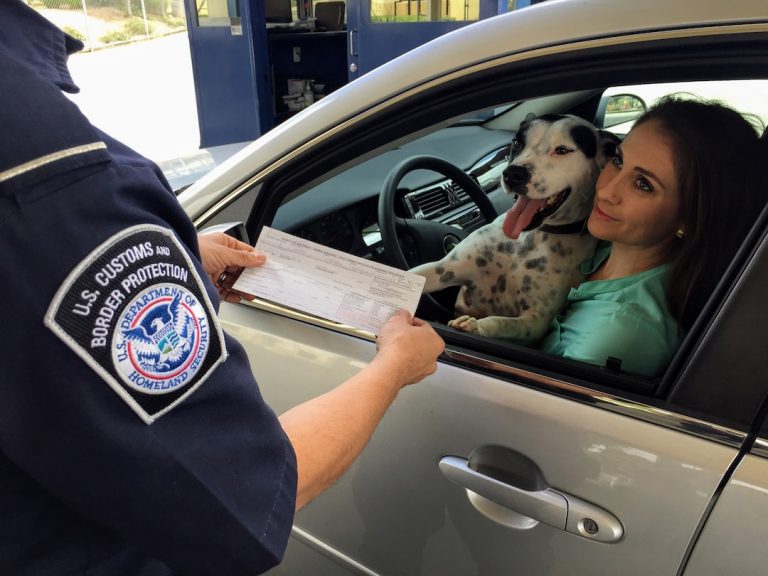Like any other type of insurance, security deposits for renters requires proper verification of the applicant’s financial responsibility. Security deposits for landlords require a similar level of verification. The California Vehicle Code (CVC) requires that all landlords or real estate agents to secure a deposit from any applicant who they wish to rent or lease their property. This is commonly referred to as “verified security deposit” (or “VSP”) in the real estate industry. A verified security deposit is not the same as a normal security deposit. A normal security deposit is money paid to the landlord to cover any damages the tenant might cause to the home. The amount of the security deposit is usually based on a percentage of the rental price. A verified security deposit is usually a percentage of the rental price and is paid directly to an insurance company that will compensate the landlord in the event of damages or unpaid rent. This article will provide a general overview of the California Vehicle Code requirements for landlords and real estate agents to secure a verified security deposit from a renter.
Table of Contents
What is a verified security deposit?
A verified security deposit is a deposit that is paid to the landlord by an insurance company. The landlord then allows the insurance company to hold the deposit for the tenant in case of damages or unpaid rent. The landlord cannot take the deposit directly from the tenant. Instead, the landlord must contract with a third party, such as an insurance agency, to hold the deposit. The landlord must then contract with the third party to provide the following information to the landlord: – The name, address, and telephone number of the agency that will hold the deposit – The name of the insurance company the landlord must contract with to receive the deposit – The policy number, policy dates, and underwriter of the insurance policy – The name, address, telephone number, and license number of the agent that the landlord has contracted with – A detailed description of the items that are covered by the policy
What is a California Vehicle Code requirement for secured security deposits?
Under the California Vehicle Code, landlords and real estate agents may only request a deposit from renters who they intend to rent to, or hold a deposit from, as a tenant. A landlord or real estate agent may only request a deposit from someone who is willing to be a landlord or real estate agent. The landlord or real estate agent may only request a deposit from someone who has applied for rental property. This means that the landlord or real estate agent may not ask a friend or family member to apply for rental property. A landlord or real estate agent may only contract with one third party to hold the deposit and may not contract with more than one third party. A landlord or real estate agent may only contract with one insurance company to hold the deposit and may not contract with more than one insurance company.
California Vehicle Code requirements for landlords and real estate agents
In order to comply with the California Vehicle Code requirements for secured security deposits, landlords and real estate agents must follow a few steps. – Obtain a signed application from the applicant – Obtain a signed application from the applicant’s employer – Obtain the applicant’s driver’s license or state identification card – Obtain a signed application from the applicant’s employer – Obtain the Applicant’s driver’s license or state identification card – Obtain a signed application from the applicant – Obtain a signed application from the applicant’s employer – Obtain the applicant’s driver’s license or state identification card
Steps to take before securing a verified security deposit
The landlord must do a background check on the applicant before signing any application. The background check must be conducted through a government agency or private company. The government agency or private company must conduct the check using public records such as a driver’s license or state identification card. After obtaining a signed application, the landlord must then wait at least 10 business days before accepting a secured security deposit. This waiting time is required by the California Vehicle Code.
Steps to take after securing a verified security deposit
Once a landlord has a verified security deposit, the process is relatively easy. In order to release the deposit, the landlord must do each of the following: – Record the property address with the county tax assessor-recorder’s office – Record the property address with the county tax assessor-recorder’s office – Record the property address with the county tax assessor-recorder’s office – Record the property address with the county tax assessor-recorder’s office – Record the property address with the county tax assessor-recorder’s office – Record the property address with the county tax assessor-recorder’s office
Conclusion
Rental property owners and agents should be aware of their California Vehicle Code requirements for secured security deposits. If you have any questions about this article or would like to discuss your rental property financing needs, please feel free to contact us.






